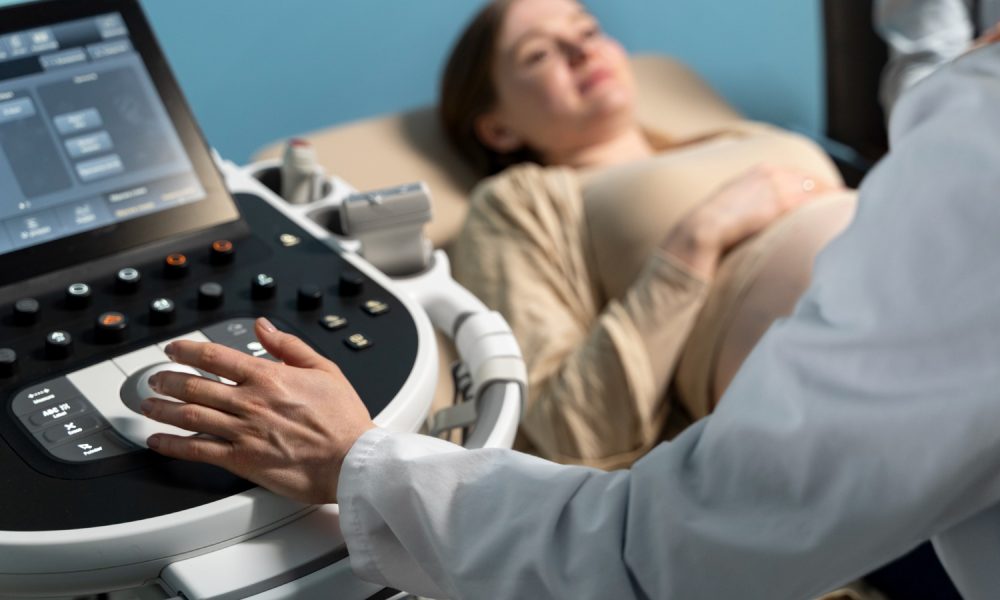Lower back pain can have a significant impact on a person’s quality of life, and finding a comfortable sleeping position can be quite challenging. Doctors and healthcare organizations are always seeking effective ways to educate their patients on how to achieve restful sleep despite their discomfort. In this article, we will discuss valuable tips on sleeping with lower back pain, focusing on the importance of the alignment of the spine and traction machines.
The Importance of Spine Alignment
Proper alignment of the spine is crucial in reducing lower back pain, as it alleviates the pressure on the spine and allows your muscles to relax during sleep. A misaligned spine can lead to discomfort and interrupted sleep. Moreover, an incorrect sleeping position can put additional pressure on your spine, causing pain and fatigue. Lower back pain chiropractic care in Tarpon Springs can also help you fix your alignment
Traction Machines for Lower Back Pain Relief
Traction machines provide a non-invasive and effective method for relieving lower back pain, allowing for a more restful sleep. These devices help to decompress the spine and alleviate pressure on nerves and discs by creating traction force along with the spinal column. Some of the benefits of using traction machines are:
- Improved mobility: Traction machines can enhance flexibility and reduce stiffness in the spinal joints, improving overall mobility.
- Reduced muscle spasms: By decreasing pressure on the nerves and discs, these devices can help in minimizing muscle spasms.
- Increased circulation: Traction machines can promote blood and oxygen circulation to the spinal area, enhancing the healing process and reducing inflammation.
- Non-invasive treatment: Traction therapy is a gentle alternative to more forceful treatments or surgery, reducing the risk of complications and allowing for faster recovery.
Additional Tips for Sleeping with Lower Back Pain
- Choose the right pillow: A pillow that is either too high or too low can cause strain on your neck and spine. Opt for a pillow that will keep your neck aligned with your spine.
- Select the right mattress: A good mattress should provide even support for your entire body, preventing sagging or uneven pressure points that can cause or exacerbate back pain.
- Adopt the correct sleeping position: It’s essential to maintain a neutral spine position when sleeping. Sleeping on your back is usually the best option, relieving pressure on the spine, neck, and hips. Side sleepers can benefit from a pillow between their knees to maintain proper alignment.
- Avoid staying in bed for too long: Spending too much time in bed can make your muscles stiff, so it’s best to spend limited time lying in bed.
- Use hot and cold therapy: Alternating between hot and cold compressions can reduce inflammation and provide relief for lower back pain.
Conclusion
Sleeping with lower back pain doesn’t have to be a daunting challenge. By paying attention to proper spine alignment, utilizing non-invasive treatments like traction machines, and following the additional tips listed, patients can experience significant improvements in their comfort and quality of sleep. Healthcare professionals should educate their patients about these options to help them achieve restful, pain-free sleep.



